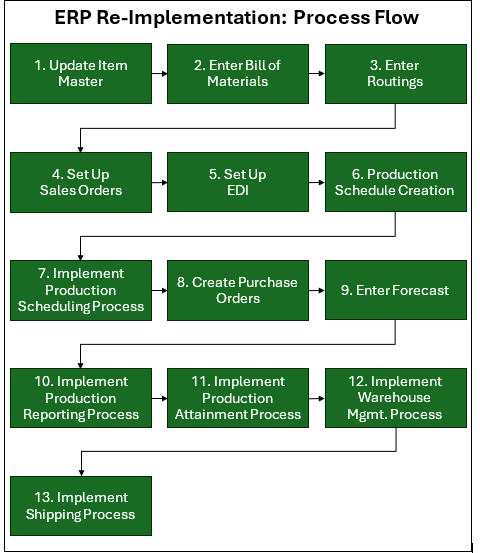Theory of Constraints (TOC) Blog #4: Elevate the Constraint
- Jeff Langlet
- Sep 16
- 3 min read

In our first three TOC blogs:
•We provided a summary of TOC, Theory of Constraints
•Dove into Step #1: Identify the Constraints – Bottleneck analysis
•Continued into Step #2: Exploit the Constraint – Creativity over Capital
•Focused in Step #3: Subordinate – Prioritize and maximize opportunity
Please take a look at those blogs to catch up, now we will move onto Step 4. Step 4 is unfortunately commonly where most people start. Instead of taking a strategic approach like we have reviewed in steps 1 to 3, many executives will “Throw money at the problem”. Sadly, this often has ineffective results because:
1)They haven’t taken the time to properly understand the system and where the key issues are that need improvement
2)They haven’t built a KPI (Key Process Indicator) analysis of the system to ensure that any changes can be tracked for effectiveness.
3)When not completed systematically, it can become a “Who can shout the loudest” that gets the money
Just being transparent, if you do steps 1 to 3 correctly, and have already seen major gains, most companies are more than ready to invest in your project at this point to get “Onboard” on these improvements to show support. That being said, it is CRITICAL that every dollar spent will return at least 2X the investment.
Step 4: Elevate the Constraint. In this step, our goal is to maximize throughput and profitability. This is when investment considerations come into play. There are few questions that we want to consider on Step 4:
1)Are we making our attainment goals or is there a still a gap?
2)Will this investment lead to more financial / bottom line improvement?
3)Could this improvement affect other issues? For example:
A)Could this investment have technology implications that the team isn’t ready for such as training, spare parts, maintenance plans, etc?
B)Could these improvements lead to other unplanned downtime or create a new bottleneck without increasing the system capability?
4)Can we test / simulate these improvements prior to investment to create a verification plan and have high confidence the investment will give us the outcome we are looking for?
A)Use a simulation software if possible
B)Use manning to simulate the process change before implementing.
If we can review these core questions and have confidence this this investment is the right decision, we can have confidence that it will lead to additional throughput in our bottleneck system…this is the often the final “Cherry on Top” of the project.
Step 4: Real life example: In step 5 we are going to go through “Repeat the Process”, but in this example, we had already completed all 5 steps multiple times and were faced with a new problem…the market became our constraint. Our previous TOC success had led us to achieve 100% attainment, so we had 2 options:
1) Reduce manpower / scheduled Saturdays to show further improvement
2) Build more sellable product for our customer.
In analyzing the financials, it was 3x more profitable to build additional product VS reducing manpower, so option #2 was focus.
This plant built 3 models, and 2 of the 3 models had saturated the market (i.e. we were building what we could could sell). However, our 3rd model was selling out and, if we increased the build on that model, we could further increase sales, throughput and profitability.
After completing Step 1-3, we recognized that we needed to invest in the bottleneck system (Apertures) to increase output. We worked to redesign the line and add an additional robotic cell for each Aperture cell. This meant that in a factory of over 500 robots and 3000 employees, by simply adding 8 key robots in this bottleneck area, it had hundreds of millions of dollars in impact to the plants profitability. This is the power of Step 4, once you complete Steps 1 to 3, you are ready to unleash the full potential of the operation!
With our plan in place, we completed a full simulation analysis to ensure the optimized position of each additional piece of equipment to maximize output.

The results were astronomical and as the other models began to decline, we were able to maintain profitability instead of taking loss. Now, onto Blog #5!!!




Comments